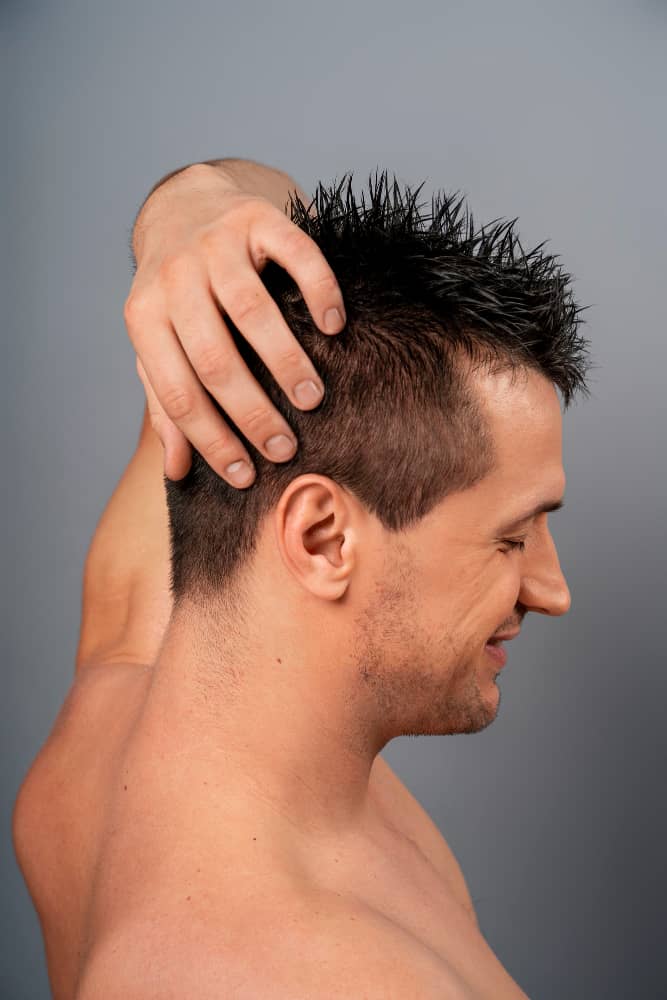Hair transplantation has become an increasingly popular solution for those seeking to address hair loss issues. However, achieving successful results requires careful consideration and planning. This blog will guide you through the crucial aspects to consider before undergoing a hair transplant, ensuring you make an informed decision that aligns with modern digital marketing trends.
Understanding Hair Transplantation
What is Hair Transplantation?
Hair transplantation is a surgical procedure that involves moving hair follicles from one part of the body (typically the back or sides of the scalp) to areas experiencing hair thinning or baldness. The two main techniques are Follicular Unit Transplantation (FUT) and Follicular Unit Extraction (FUE).
FUT vs. FUE: Which is Right for You?
Follicular Unit Transplantation (FUT): Involves removing a strip of scalp from the donor area and dissecting it into individual follicular units.
Follicular Unit Extraction (FUE): Involves extracting individual hair follicles directly from the donor area.
Understanding these methods will help you choose the best option based on your needs, recovery time, and desired results.
Key Factors to Consider
1. Research and Choose a Qualified Surgeon
Selecting a reputable and experienced surgeon is paramount. Look for credentials, patient reviews, and before-and-after photos. A skilled surgeon will assess your hair loss pattern and recommend the most suitable procedure.
2. Evaluate Your Candidacy
Not everyone is a suitable candidate for hair transplantation. Factors such as age, hair type, extent of hair loss, and overall health play a crucial role. A thorough consultation with a hair restoration specialist can determine your eligibility.
3. Understand the Costs
Hair transplant costs can vary significantly based on the technique used, the surgeon’s experience, and the location of the clinic. It’s essential to get a detailed breakdown of the costs involved and consider financing options if necessary.
4. Pre-Procedure Preparations
Following the pre-procedure guidelines provided by your surgeon is critical. This may include avoiding certain medications, alcohol, and smoking, which can affect the healing process.
5. Post-Procedure Care
Post-transplant care is crucial for optimal results. Follow your surgeon’s instructions regarding washing, avoiding strenuous activities, and using prescribed medications to promote healing and hair growth.
Hair Transplant: FUE and DHI Techniques – Comprehensive Q&A
1. What is the difference between FUE and DHI hair transplant techniques?
FUE (Follicular Unit Extraction): This technique involves extracting individual hair follicles from the donor area and implanting them into the recipient area using small incisions.
DHI (Direct Hair Implantation): This is a variation of the FUE technique where hair follicles are extracted and immediately implanted using a specialized tool called a Choi pen, allowing for more precise placement and reduced handling of follicles.
2. Who is a suitable candidate for FUE or DHI hair transplant?
Suitable candidates for both FUE and DHI techniques include individuals with:
- Stable hair loss patterns (not actively shedding hair rapidly).
- Sufficient donor hair supply, usually from the back or sides of the scalp.
- Good overall health with no contraindicating medical conditions.
- Realistic expectations regarding the outcomes of the procedure.
3. How is the FUE hair transplant procedure performed?
The FUE procedure involves the following steps:
1- Shaving the donor area to facilitate follicle extraction.
2- Administering local anesthesia to the donor and recipient areas.
3- Using a micro-punch tool to extract individual hair follicles.
4- Creating small incisions in the recipient area.
5- Implanting the extracted follicles into these incisions.
4. How is the DHI hair transplant procedure performed?
The DHI procedure follows these steps:
1- Shaving the donor area (optional in some cases, allowing for unshaven DHI).
2- Administering local anesthesia to the donor and recipient areas.
3- Extracting hair follicles using a micro-punch tool.
4- Loading the extracted follicles into a Choi pen.
5- Directly implanting the follicles into the recipient area using the Choi pen, which makes the incision and implants the follicle simultaneously.
5. What are the advantages of the FUE technique?
Advantages of FUE include:
- Minimally invasive with no linear scarring.
- Faster recovery and minimal discomfort post-procedure.
- Suitable for patients with a tight scalp.
- Ability to use body hair as donor hair in some cases.
6. What are the advantages of the DHI technique?
Advantages of FUE include:
- Higher precision in follicle placement.
- Reduced handling time of follicles, increasing their survival rate.
- No need for incisions prior to implantation.
- Potentially denser packing of grafts, resulting in a more natural look.


Leave a Reply